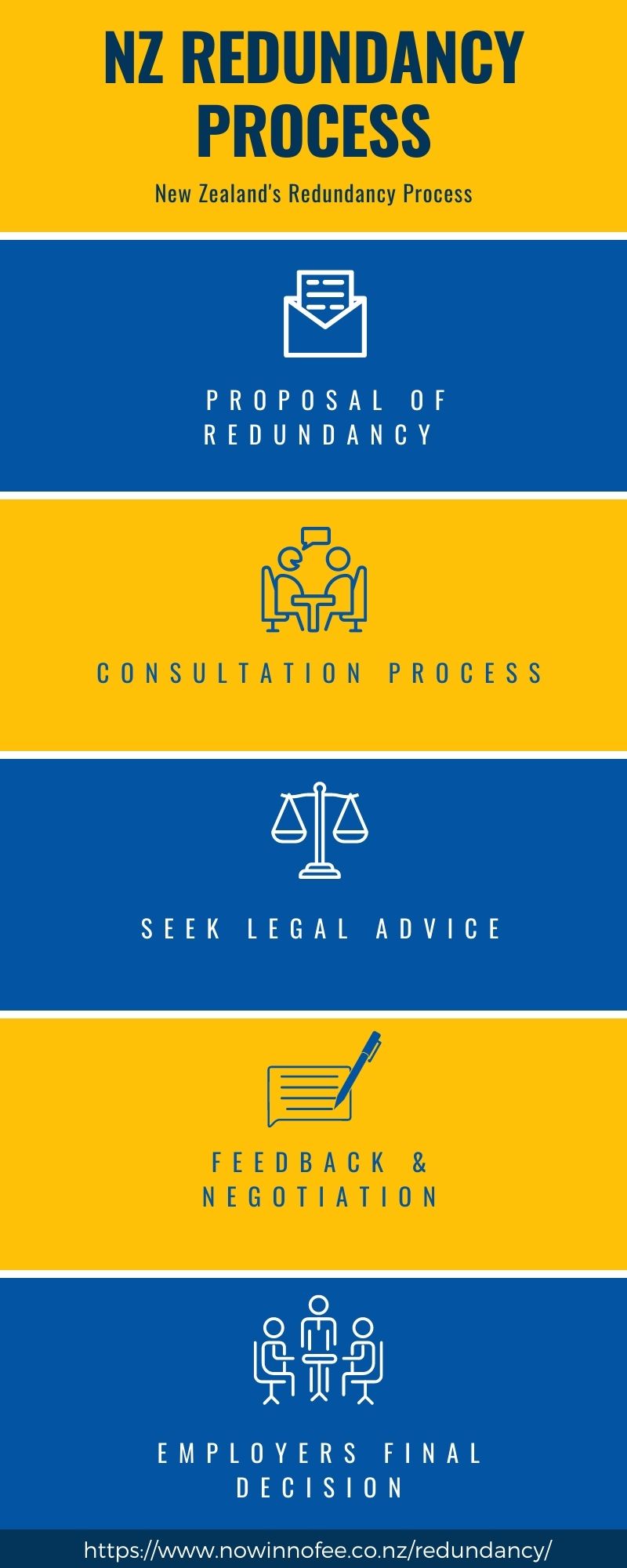Redundancy Pay If Company Goes Bust: Recognizing Your Entitlements in the UK
Redundancy Pay If Company Goes Bust: Recognizing Your Entitlements in the UK
Blog Article
Discovering the Operational Dynamics of Company Redundancy and Its Long-Term Sustainability

Redundancy Techniques for Service Continuity
In order to make certain undisturbed operations, companies need to implement effective redundancy strategies for company connection. Redundancy in this context describes the duplication of essential components or features within a system to minimize the effect of prospective failures. By including redundancy methods, organizations can enhance their strength against interruptions brought on by different variables such as all-natural calamities, equipment failures, or cyber-attacks.
One usual redundancy strategy is the execution of back-up systems and data storage space options. This entails producing matches of necessary data and systems that can be turned on in case of a main system failing. In addition, companies can develop redundant communication networks and power sources to preserve connection and operations during unexpected occasions.
Additionally, cross-training employees to carry out numerous duties within the business can act as a valuable redundancy strategy. If vital employees are not available due to disease or other reasons, this makes certain that crucial tasks can still be brought out also. Overall, reliable redundancy techniques are crucial for companies to promote operational continuity and minimize the effect of prospective disturbances.
Effect of Redundancy on Business Resilience
Given the crucial duty redundancy strategies play in making sure service connection, checking out the effect of redundancy on organizational resilience comes to be crucial for comprehending the all natural operational dynamics of a business. Redundancy, when purposefully executed, can significantly add to enhancing a company's resilience in the face of unanticipated challenges.
Moreover, redundancy can strengthen employee morale and self-confidence, recognizing that there are contingency strategies in position to deal with unexpected conditions. This complacency can bring about enhanced efficiency and a more favorable workplace. In addition, redundancy can promote innovation and creativity within a company as employees really feel encouraged to take calculated threats, recognizing that there is a safety and security internet to sustain them in situation of failing. In general, the impact of redundancy on organizational durability is profound, forming the long-term sustainability and success of a company.
Stabilizing Efficiency and Versatility in Redundancy
Achieving a harmonious stability in between operational performance and flexible flexibility is a crucial challenge in the strategic release of redundancy within companies. Also much versatility without a solid functional structure can result in inadequacies and inconsistency.
To balance performance and versatility in redundancy preparation, organizations should thoroughly analyze their operational demands, market dynamics, and strategic objectives. Inevitably, discovering the best stability in between effectiveness and versatility is crucial for developing a lasting and durable organization in the face of unpredictability.
Long-Term Sustainability With Redundancy Preparation
To make sure enduring feasibility and stability, organizations have to tactically align their redundancy preparation with long-lasting sustainability goals, thus integrating functional efficiency with adaptive versatility. Lasting sustainability via redundancy preparation involves more than just temporary cost-cutting actions. It needs a detailed tactical approach that anticipates future difficulties and chances. Business should check out redundancy not as a reactive solution to immediate issues yet as an aggressive method for long-lasting success. By integrating redundancy planning with sustainability goals, companies can produce a resilient structure that can hold up against different market changes and internal adjustments.

Positive Actions for Lasting Business Operations
Just how can companies proactively improve their functional sustainability for lasting success? Implementing aggressive procedures is important for companies intending to make certain sustainable operations. One crucial method is to spend in innovation and innovation to simplify processes, reduce waste, and stay competitive in the market. Adopting lasting techniques such as minimizing power intake, lessening carbon footprint, and enhancing source application can not just benefit the environment but likewise result in cost savings in the lengthy run.
Moreover, fostering a society of continuous enhancement and understanding within the organization can boost flexibility to changing market conditions and client demands. Urging worker participation in decision-making procedures and giving chances for professional development can enhance spirits, productivity, and general efficiency. Establishing clear goals, keeping track of essential efficiency indications, and routinely reviewing progression are vital elements of aggressive sustainability monitoring.
Working together with suppliers, consumers, and various other stakeholders to promote sustainable practices throughout the supply chain can create a surge effect of positive influence - redundancy pay if company goes bust. By taking positive actions towards functional sustainability, firms can construct durability, drive innovation, and secure their lasting success in an ever-evolving service landscape
Verdict
In the realm of organizational management, the calculated release of company redundancy stands as a pivotal yet detailed technique that demands a delicate equilibrium in between functional performance and long-lasting stability. By dissecting the functional characteristics that underpin company redundancy and evaluating its wider ramifications for organizational resilience and adaptability, a nuanced understanding of how redundancy techniques can shape the future trajectory of a firm begins to unravel.Provided the important role redundancy methods play in guaranteeing service connection, discovering the impact of redundancy on organizational resilience becomes crucial for comprehending the all natural operational dynamics of a firm. Overall, the impact of redundancy on organizational resilience is profound, forming the lasting sustainability and success of a firm.
In conclusion, comprehending the functional dynamics of company redundancy is important for ensuring lasting sustainability.
Report this page